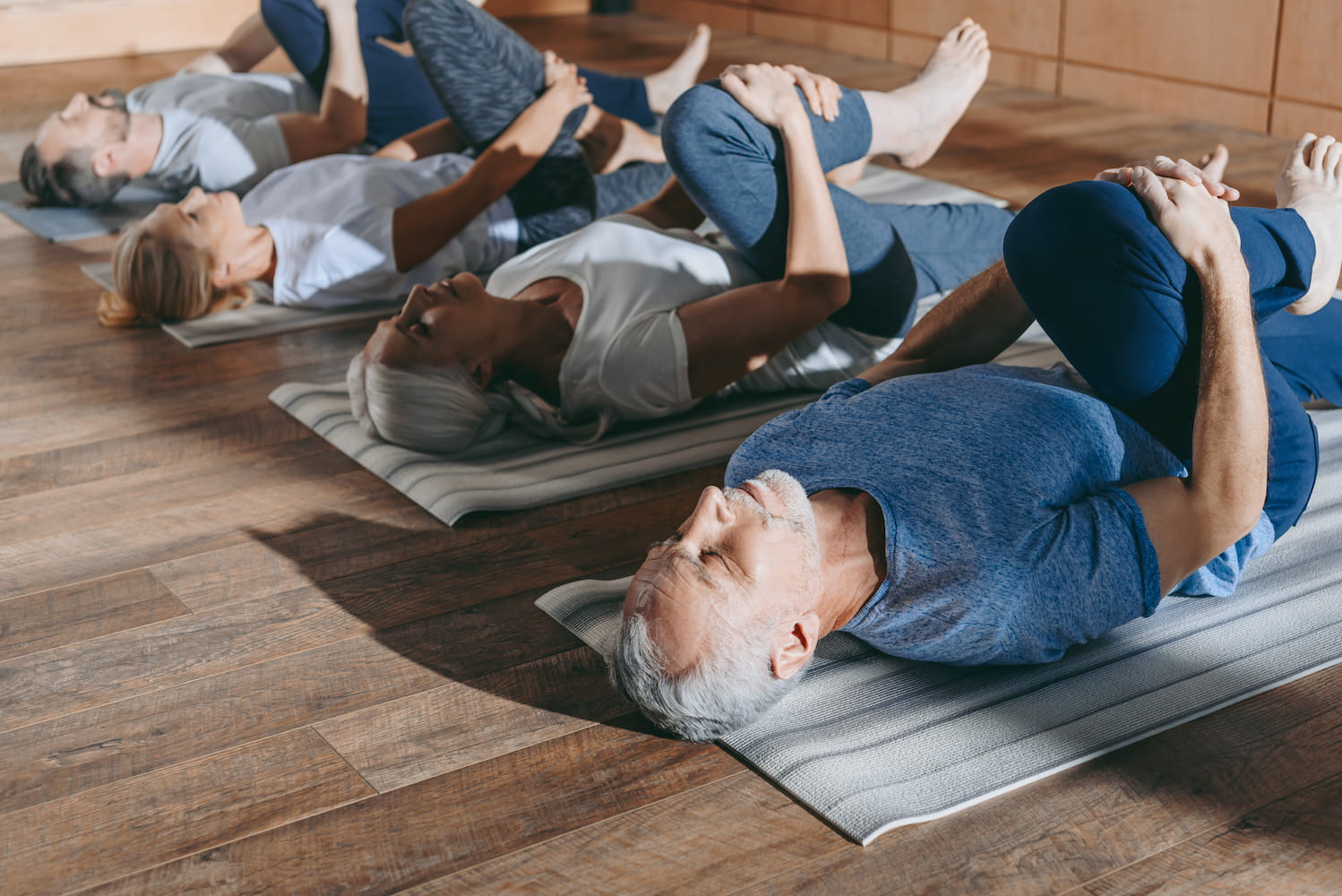Knee
Injections
Injections into the Knee Joint can be useful in the treatment of early stages of Arthritis.


Injections into the Knee Joint can be useful in the treatment of early stages of Arthritis. It is important to understand that the injection is not a cure for Arthritis, but helpful in temporarily alleviating the pain associated with Arthritis and thus improve function. This may help in the rehabilitation by improving fitness and can provide an opportunity to maximise the effects of non-surgical treatment. These injections are undertaken under strict aseptic conditions in an outpatient clinic. The effect of these injections is temporary, but depending on the duration, they can be repeated.


These injections include:
Steroid and Local Anaesthetic injection: These short or long-acting powerful anti-inflammatory injections can improve symptoms by reducing the inflammation associated with mild to moderate Knee Arthritis. The effect of these injections is temporary but have a definite role in the treatment. Due to the slightly increased risk of infection, you will not be considered for surgical treatment for at least 3 months after the injection.
Hyaluronic Acid injection: Hyaluronic Acid is a naturally occurring gel like substance that lubricates your Knee joint. As the joint wears away, the arthritic joints lose this lubricant. In theory, by replacing the Hyaluronic acid by a process called visco-supplementation, the joint will become less painful and thus make the joint movement easier. You can think of it like WD-40 for your joints. These injections have very little or no side effects.
Platelet Rich Plasma (PRP) Injection: Platelet-rich plasma therapy, sometimes called PRP therapy or autologous conditioned plasma (ACP) therapy, attempts to take advantage of the blood's natural healing properties to repair damaged cartilage, tendons, ligaments, and muscles. This therapy is increasingly being used for the treatment of early to moderate arthritis of the Knee. The goal of the treatment is to reduce pain, improve joint function and possibly slow, halt or even repair damage to the joint cartilage.
